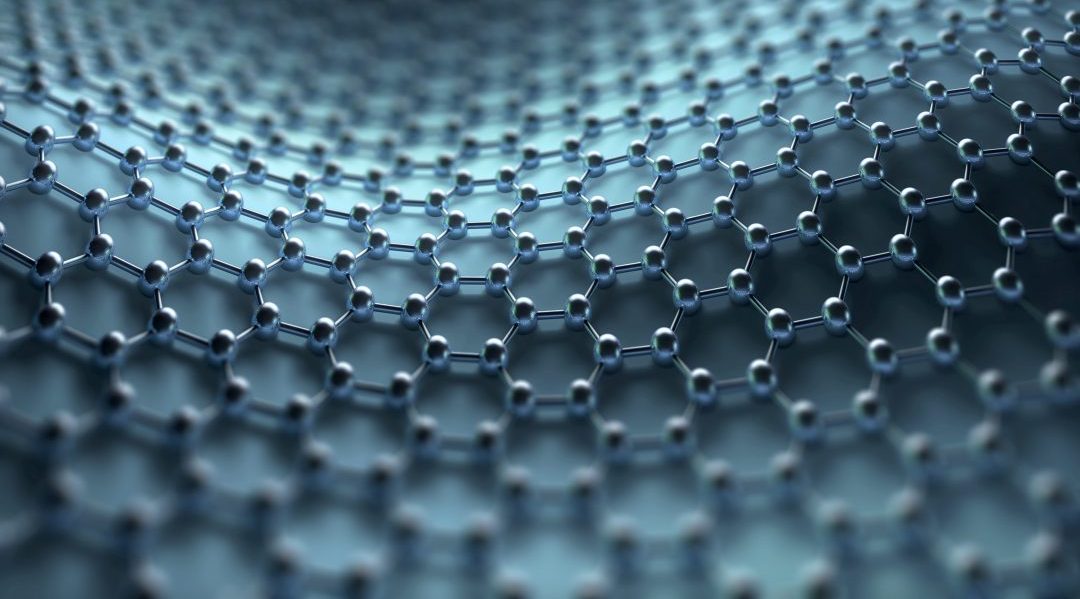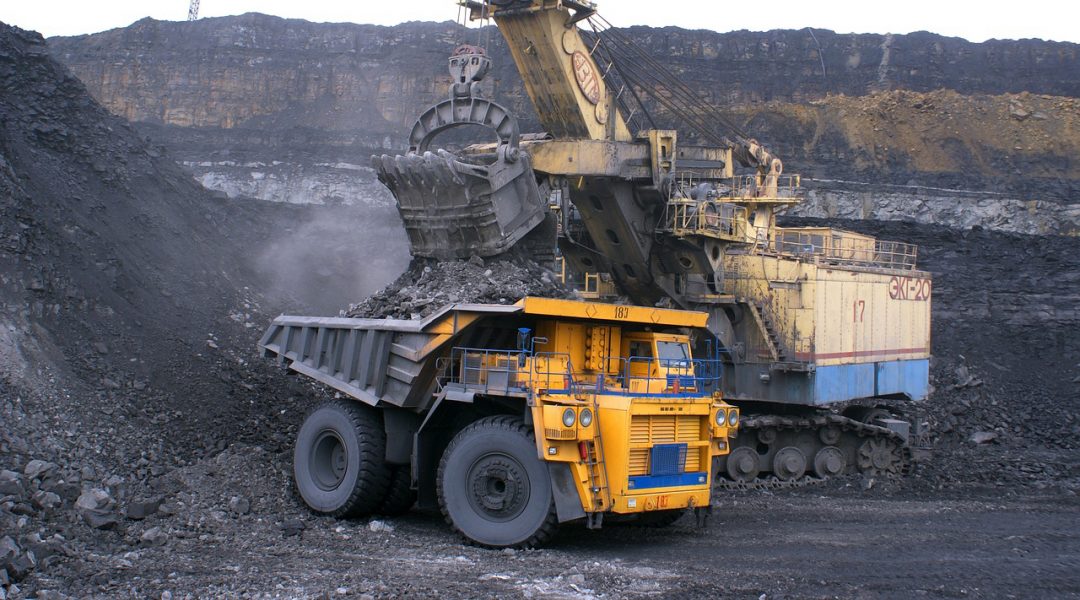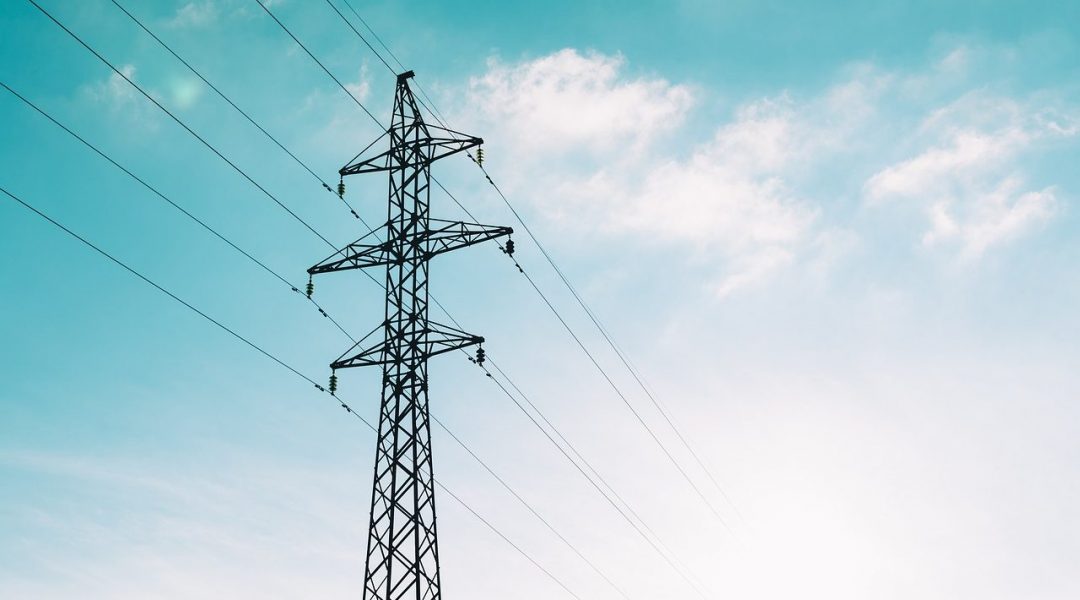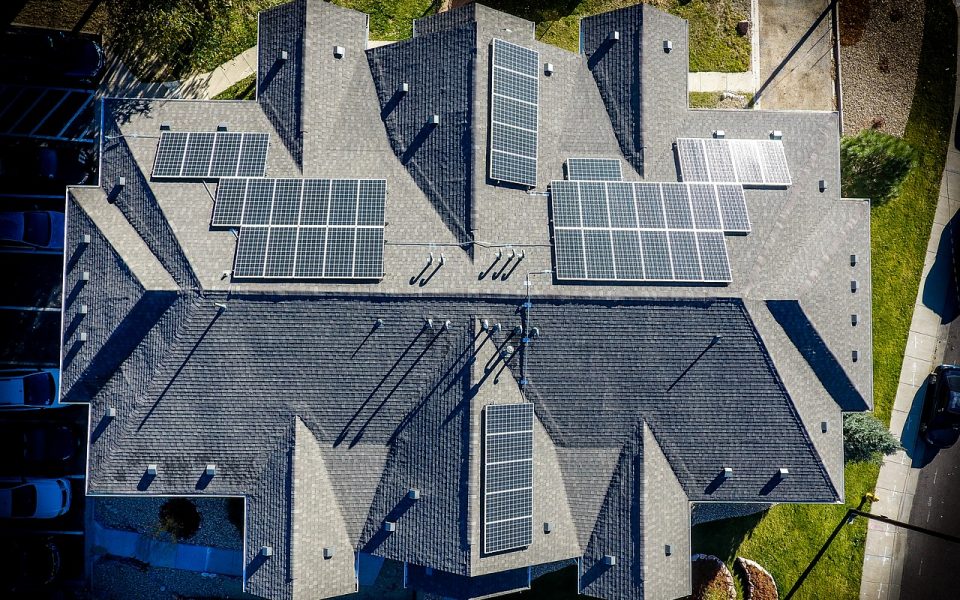Xiong Wen (David) Lou on his research focus, the future of his field and current scientific trends.


Xiong Wen (David) Lou on his research focus, the future of his field and current scientific trends.
Insights in biomass fast pyrolysis kinetics: From dominant reaction pathways, necessary pre-treatments, unwanted by-products, and consequently, process optimization and upgrading.

Guillermo C. Bazan on intellectual giants, science communication and future research.

Recent research trends in 2D carbon allotropes for energy conversion.
![Nanoflake Arrays of Lithiophilic Metal Oxides for the Ultra-Stable Anodes of Lithium-Metal Batteries [Video]](https://www.advancedsciencenews.com/wp-content/uploads/2018/10/adfm201803023_ASN_image.png)
Nanoflakes of graphene foams (GFs) decorated with lithiophilic metal oxides (LMONAs) as hosts for the anode of Li-metal batteries.

Issues relating to public perception, and strategies that could be implemented to help prevent and mitigate future occurrences, are highlighted.

Direct writing of low-cost MXene-in-water inks using a rollerball pen.

A comprehensive study of current dynamics, control and automation challenges of electrical power systems in response to the integration of distributed renewable energy resources is presented.
![Real‐Time In Situ Observation of Microstructural Change in Perovskites [Video]](https://www.advancedsciencenews.com/wp-content/uploads/2018/10/adfm201804039_ASN_image_01.jpg)
A detailed mechanism for the degradation of methylammonium lead iodide – a ubiquitous material for perovskite-based solar cells.

All Printable Perovskite Solar Modules: PCE of 6% at A4-size!